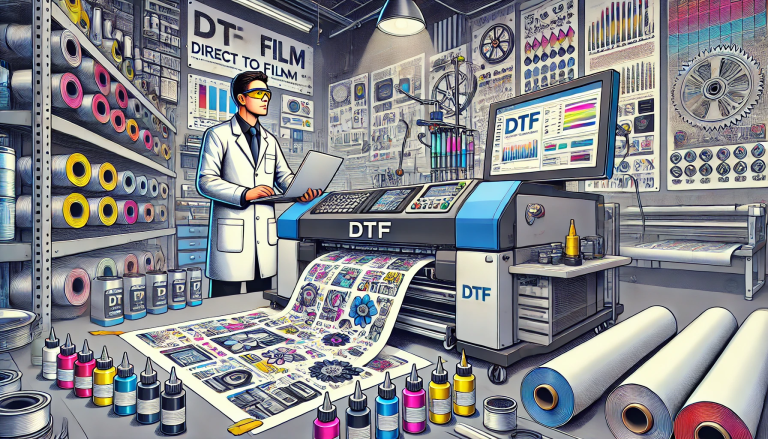“UV Film Transfer Paper vs. Traditional Transfer Paper: Understanding the Differences” -MAXDTF- UV DTF Adhesive Transfer Paper Supplier, Direct to Transfer UV DTF Film Manufacturer, Made in China
In the world of digital printing, transfer paper plays a critical role. Used in a variety of applications, from custom t-shirts to home décor, it’s a versatile tool in any creative arsenal. However, not all transfer papers are created equal. In this blog post, we’ll compare UV Film Transfer Paper with traditional transfer paper to help you better understand their differences and choose the right product for your projects.
Part 1: Understanding the Basics
UV Film Transfer Paper
UV Film Transfer Paper is a special type of transfer paper designed to work with UV curable inks. These inks dry or cure when exposed to ultraviolet (UV) light. This process results in a durable, vibrant print that resists fading and is resistant to wear and tear.
Traditional Transfer Paper
Traditional transfer paper is a type of paper designed to have an image printed on it and then be applied to another surface using heat. The most common use of traditional transfer paper is in the making of custom t-shirts, where an image is printed onto the paper, then transferred to the fabric through a heat press.
Part 2: Durability and Longevity
The durability of a transferred image often depends on the type of transfer paper used. UV Film Transfer Paper, given the nature of UV inks, provides an image that is exceptionally resistant to fading, even under constant exposure to sunlight. This makes it perfect for outdoor applications, like signs and banners, where longevity is key.
On the other hand, traditional transfer paper offers less durability when it comes to resisting the effects of prolonged sun exposure and wear and tear. However, for indoor use or clothing items that are frequently washed, it offers sufficient durability.
Part 3: Quality of Prints
In terms of print quality, UV Film Transfer Paper tends to produce vibrant, high-definition images due to the quick curing of UV inks, which prevents the ink from spreading or soaking into the paper. This results in crisp, clear, and bright images that are perfect for detailed and intricate designs.
Traditional transfer paper, while capable of producing high-quality prints, may not deliver the same level of vibrancy and detail, especially when used with home printers. This is because the heat transfer process can sometimes cause colors to blend or fade slightly.
Part 4: Usability and Versatility
UV Film Transfer Paper requires specialized UV printers, which can be a significant investment. However, it allows you to print on a variety of surfaces including glass, metal, and plastic, offering great versatility for both personal and commercial projects.
Traditional transfer paper, on the other hand, can be used with standard inkjet or laser printers, making it a more accessible option for most people. However, it is primarily used for transferring images to fabric and some specific types of paper, limiting its versatility compared to UV Film Transfer Paper.
Part 5: The Final Verdict
While UV Film Transfer Paper and traditional transfer paper serve similar purposes, they are not the same. UV Film Transfer Paper offers superior durability and vibrancy, and is versatile in terms of the surfaces it can be applied to. However, it requires specific equipment and can be more costly.
Traditional transfer paper, while perhaps offering less durability and versatility, is more accessible for the average consumer, as it can be used with regular home printers and is perfect for fabric-based projects.
In the end, the choice between UV Film Transfer Paper and traditional transfer paper should be guided by the specifics of your project, your equipment, and your budget. Understanding the characteristics and capabilities of each will ensure that you choose the right product for your creative needs.




